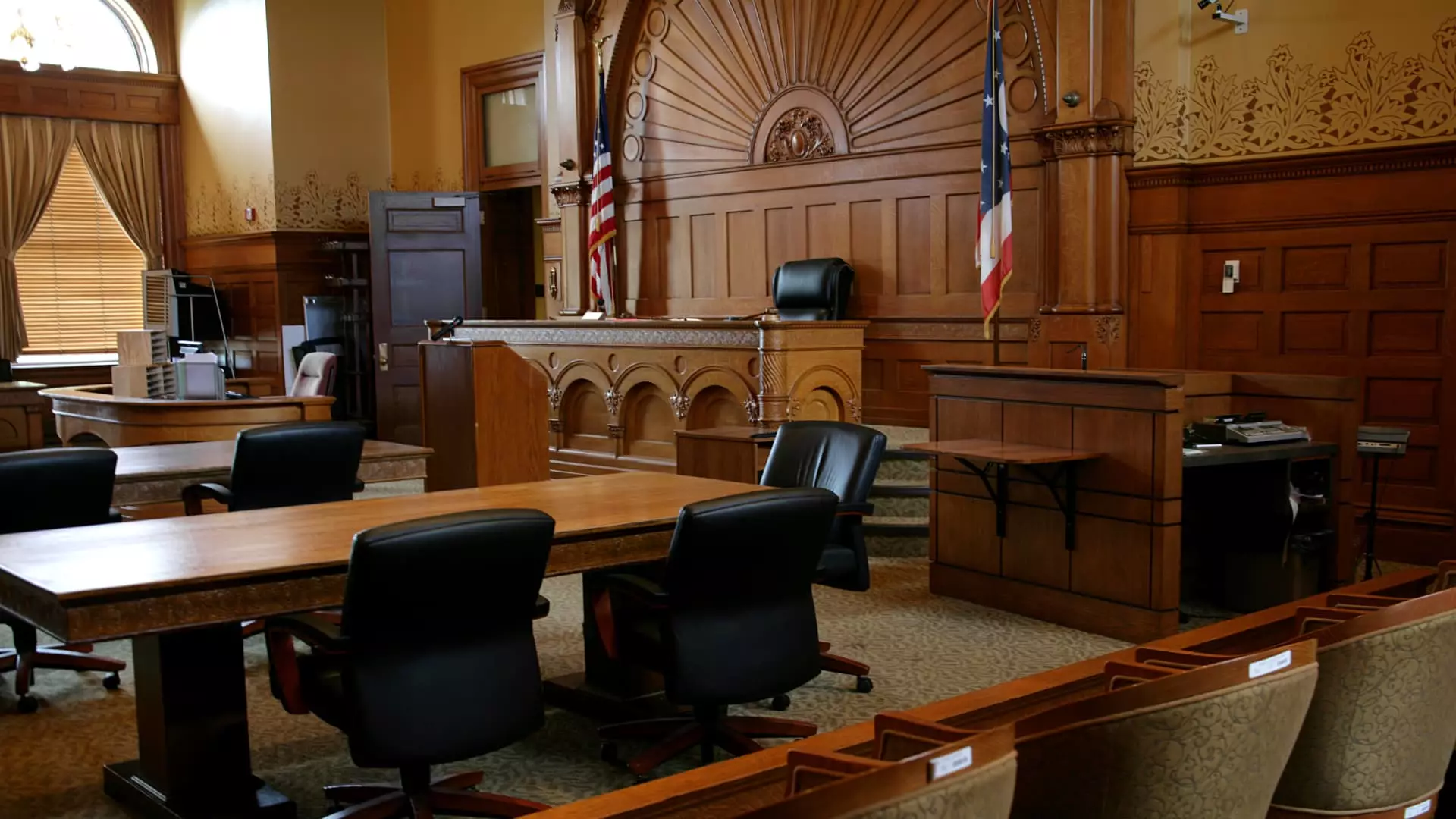The underrepresentation of Asian Americans in the judiciary is a glaring issue that has become even more pronounced in recent years. Despite making up nearly 7% of the American workforce, Asian Americans accounted for less than 0.1% of all judges, magistrates, and similar judicial workers in 2023, according to federal labor data. This stark contrast highlights a systemic problem that extends beyond mere statistics. The lack of representation of Asian Americans in the judiciary stands in stark contrast to the diversity of the American population and poses significant challenges for the community.
A Historical Pattern of Exclusion
The historical data reveals a troubling pattern of exclusion, where Asian Americans have struggled to break into leadership positions within the legal profession. Goodwin Liu, a justice on California’s Supreme Court, noted that while Asian Americans have made significant strides in various sectors of the legal profession, they continue to face barriers when it comes to reaching leadership roles. This perpetuates a cycle of exclusion, where those who have historically held power tend to mentor individuals who look like them, further hindering the advancement of Asians and other minorities in the field.
The Uphill Battle for Representation
The lack of representation of Asian Americans in the judiciary is particularly concerning amidst a rise in anti-Asian hate crimes. Despite efforts to increase diversity in the judiciary, including appointments by the Biden administration, Asian Americans continue to lag behind other minority groups. While the overall representation of minority groups has increased over the past decade, Asians have failed to make significant gains in the field. The proportion of Asian judges remains disproportionately low, with fluctuations over the years that suggest a lack of sustained progress.
One of the key challenges identified for Asian Americans in the legal profession is the issue of advancement. While there has been an increase in the number of Asian matriculants in law schools, the percentage of minority partners in law firms remains low. This discrepancy highlights the barriers that Asian Americans face in climbing the ranks and attaining leadership positions within the legal profession. Despite these challenges, there is reason for hope as the pipeline to the legal profession becomes more diverse, offering opportunities for greater representation in the future.
Advocates for Asian Americans in the legal profession emphasize the importance of addressing the ongoing underrepresentation and increasing awareness of the issues faced by the community. In light of the rise in hate crimes against Asians in the U.S., there is a pressing need for improved representation in the judiciary, particularly in roles such as prosecutors. By highlighting the importance of diversity and inclusion in the legal profession, advocates hope to break the cycle of exclusion and create a more equitable and representative judiciary.
The underrepresentation of Asian Americans in the judiciary is a significant issue that requires attention and action. By addressing the systemic barriers that prevent Asian Americans from advancing to leadership positions within the legal profession, we can work towards a more diverse and inclusive judiciary that better reflects the rich tapestry of American society. It is crucial that we continue to advocate for increased representation of Asian Americans in the judiciary and strive to create a more equitable and just legal system for all.


Leave a Reply